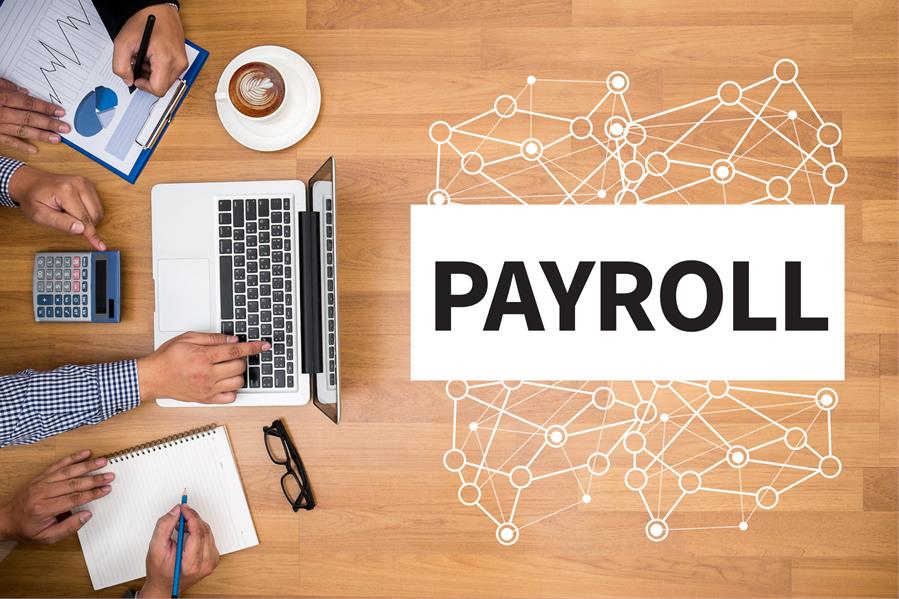Excel vs. Automated Payroll Systems – Unveiling the Evolution of Payroll Management
Payroll management is a critical aspect of any organization, ensuring that employees are paid accurately and on time. Traditionally, payroll tasks were performed manually using spreadsheets, such as Excel. With the advent of technology, automated payroll systems have emerged as a game-changer, revolutionizing the way businesses handle their payroll processes. Let us take a look at the key differences between payroll management with Excel and an automated payroll system, highlighting the benefits and advantages of embracing automation in this crucial business function.,
Table of Contents
What is an automated payroll system?
Is payroll going to be automated?
Differences between payroll management with Excel and an Automated Payroll System
Excel-based payroll management, while a traditional and familiar tool, presents significant difficulties in processing it manually as outlined here. The manual nature of Excel makes it prone to human errors, such as incorrect formulas or data entry mistakes. These errors can lead to inaccurate payroll calculations, resulting in potential financial discrepancies and employee dissatisfaction.
The time-consuming process of manually entering and verifying data in Excel can significantly reduce payroll efficiency, leading to delays and increased workload for HR personnel. On the other hand, automated payroll systems represent a significant leap forward in terms of accuracy and efficiency.
These systems leverage advanced algorithms and built-in validations to ensure accurate calculations and minimize errors. The automation of data entry and calculations eliminates the risk of human errors, ensuring that employees are paid correctly and on time.
Scalability and Flexibility
As businesses grow, managing payroll in Excel becomes increasingly challenging. Excel lacks the scalability and flexibility required to handle complex payroll processes for a large workforce. Automated payroll systems, yet, can easily accommodate growth and adapt to changing business needs, making them ideal for organizations of all sizes.
Compliance and Regulation
Complying with ever-changing payroll regulations and tax laws is crucial for businesses. often requires manual updates to stay compliant, which can be time-consuming and error-prone.
Automated payroll systems, on the other hand, are designed to stay up to date with the latest regulations, ensuring accurate tax calculations and minimizing compliance risks.
Data Security
Excel spreadsheets are vulnerable to data breaches, accidental deletions, or unauthorized access. Automated payroll systems employ robust security measures, including encryption and access controls, to protect sensitive employee data. This ensures data integrity and confidentiality, reducing the risk of data breaches and maintaining compliance with data protection regulations.
- Excel: Data may not be secure, as files can be easily accessed and edited by multiple users. Security breaches or accidental data loss are risks.
- Automated Payroll System: Offers data encryption, user access controls, and secure cloud storage, ensuring data confidentiality and integrity.
Integration and Reporting
Excel-based payroll management often requires manual data entry and consolidation from various sources. Hence, leading to potential errors and delays in generating reports. Automated payroll systems seamlessly integrate with other HR and accounting software while streamlining data flow and enabling real-time reporting. This provides businesses with accurate insights and analytics for better decision-making.
Time and Resource Allocation
Managing payroll in Excel can be time-consuming, requiring significant manual effort and resources. Automated payroll systems automate repetitive tasks, freeing up valuable time and resources that can be allocated to more strategic HR initiatives. This allows HR professionals to focus on employee engagement, talent management, and other critical areas.
Employee Self-Service
Excel-based payroll management often lacks employee self-service capabilities. Hence, requiring HR personnel to handle routine employee inquiries and requests. Automated payroll systems empower employees to access their payroll information, view pay stubs, and make changes to personal details, reducing administrative burden and enhancing employee satisfaction.
- Excel: Lacks self-service options for employees to access their payslips, tax forms, and other payroll-related information.
- Automated Payroll System: Often includes self-service portals, allowing employees to access and manage their payroll information, reducing HR’s workload.
Error Detection and Alerts
Excel spreadsheets offer limited error detection capabilities, making it challenging to identify and rectify payroll errors promptly.
Automated payroll systems proactively detect errors, such as missing data or inconsistencies, and provide alerts for immediate resolution. This ensures payroll accuracy and minimizes the risk of compliance issues or employee dissatisfaction.
Cost-effectiveness of Excel vs Automated Payroll
While Excel may seem cost-effective initially, the hidden costs associated with manual payroll management, such as increased labor hours and potential errors, can add up over time. Automated payroll systems offer a cost-effective solution by reducing manual effort, minimizing errors, and streamlining payroll processes, resulting in long-term cost savings.
Accessibility and Remote Work
Excel-based payroll management often requires physical access to the spreadsheet, limiting accessibility for remote or distributed teams. Automated payroll systems provide cloud-based access, allowing authorized personnel to manage payroll from anywhere, facilitating remote work arrangements, and ensuring uninterrupted payroll operations.
Audit Trail
– Excel: Lacks a comprehensive audit trail, making it difficult to track changes or discrepancies. – Automated Payroll System: Provides a detailed audit trail, documenting all payroll-related activities and changes for transparency and accountability.
Conclusion on Automated Payroll Systems

The evolution of payroll management from Excel to automated payroll systems has brought numerous benefits to businesses. By embracing automation, organizations can achieve higher accuracy, scalability, compliance, data security, integration, and cost-effectiveness in their payroll processes. These systems enable HR professionals to focus on strategic initiatives and provide employees with self-service capabilities, enhancing overall efficiency and employee satisfaction.
In summary, while Excel can be a simple and cost-effective option for small businesses with minimal payroll needs, an Automated Payroll System offers numerous advantages in terms of accuracy, efficiency, compliance, security, reporting, and scalability. As businesses grow and payroll complexity increases, transitioning to an automated system often becomes a more practical and reliable choice.

11+ years strategic communications, marketing, and project management experience. I am a trainer at StarWood Training Institute, focusing on online courses for project management professionals.











